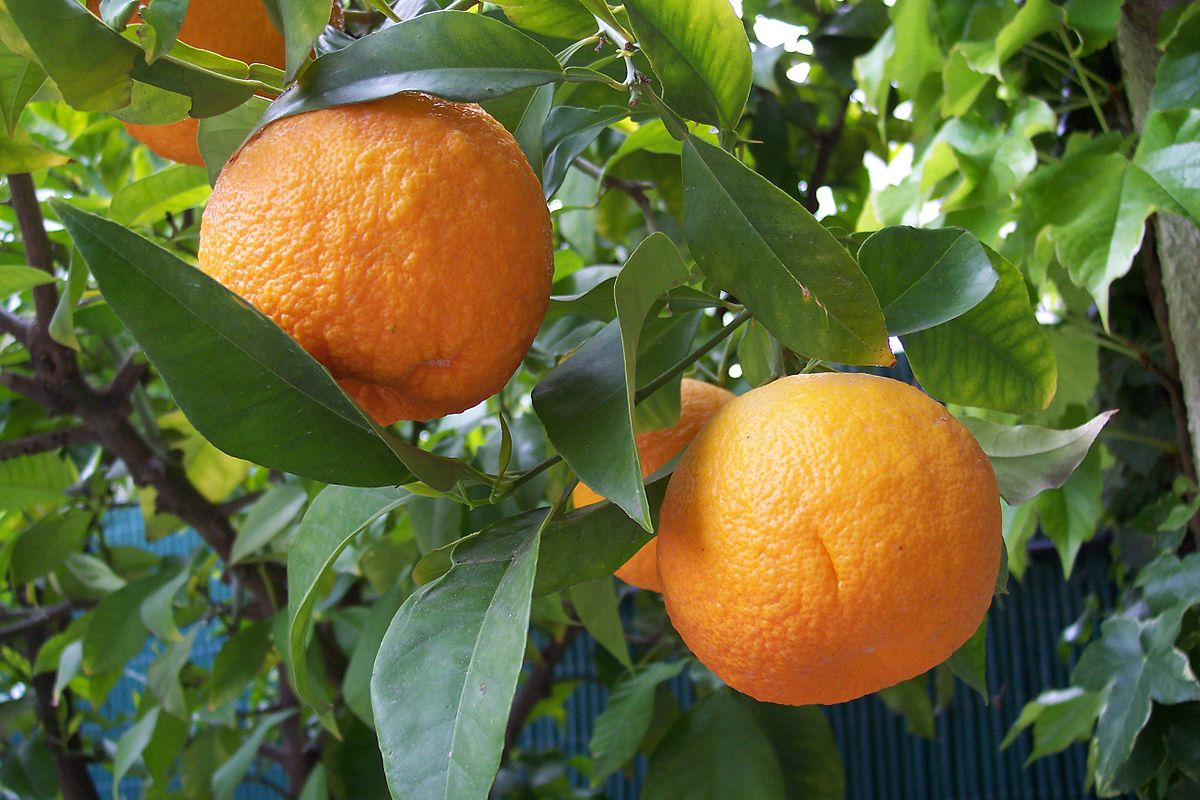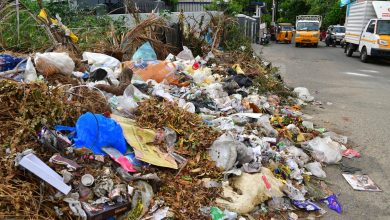Nagpur orange test yields sweeter results along Brahmaputra River

In a major breakthrough, the city-headquartered Central Citrus research Institute’s (CCRI) two-year experiment to grow Nagpur mandarin seeded – 4 besides 34 alternative varieties on the North Bank of Brahmaputra River comprising some of North-East states has shown sensible results. The CCRI has achieved early mature of Nagpur Orange on a seven-acre plantation at Biswanath Chariali in Assam. CCRI director MS Ladaniya told TOI that the per-acre plants have borne a lot of fruits using a raised-bed planting system as compared to the traditional system. “This means that the region has the potential to expand the crop. Higher density of fruits were made using a Raised-bed planting system. Samples were delivered to Nagpur headquarters for analysis. We tend to found it absolutely was sweeter than the fruit adult here whereas its color too was higher,” he said. The ICAR-CCRI has introduced the citrous fruit in North East for the primary time considering the region’s potential for the crop. “The space has sensible potential for large-scale production. The performance of the plant was sensible as a result of cool climate, dirt, accessibility of water,” Ladaniya aforesaid. The project was initiated when around a 10-year effort by the ICAR-CCRI. The CCRI had projected to begin a Regional analysis Centre for Citrus (RRCC) on the North Bank. The central government had approved the project by 2010 however the formalities took another few years. “In 2014, we started sorting out land. The then administrator km Bujarbaruah of Assam Agricultural University offered 43 acres of land for developing the regional center at Biswanath Chairali through that we are currently implementing the project,” Ladaniya aforesaid. The land wasn’t prepared for immediate plantation and beginning the RRCC, prolonging the implementation of the project by a few years. In 2017, the CCRI sent 1,000 plants in lorry to the RRCC from Nagpur whereas a team often monitored their growth. Ladonia aforesaid 25 to 30 years would be needed to urge production of citrus at the dimensions of Vidarbha. Within the next stage, the CCRI has known progressive farmers from 3 districts – Lakhimpur, Biswanth and Sonitpur – for demonstration of the crop in their fields. The central government would be funding the hand-holding project for the new crop. Nurseries would be started at the RRCC itself. “These farmers have offered one-acre land wherever the new crop are adult, nurtured and fully taken care of until mature by the RRCC. The target is to empower native farmers and utilize the potential of the region,” Ladaniya aforesaid. Regarding the amount of crops, Ladaniya aforesaid thanks to significant rain within the north-east, RRCC would be ready to get just one crop annually as compared to 2 in Vidarbha.









